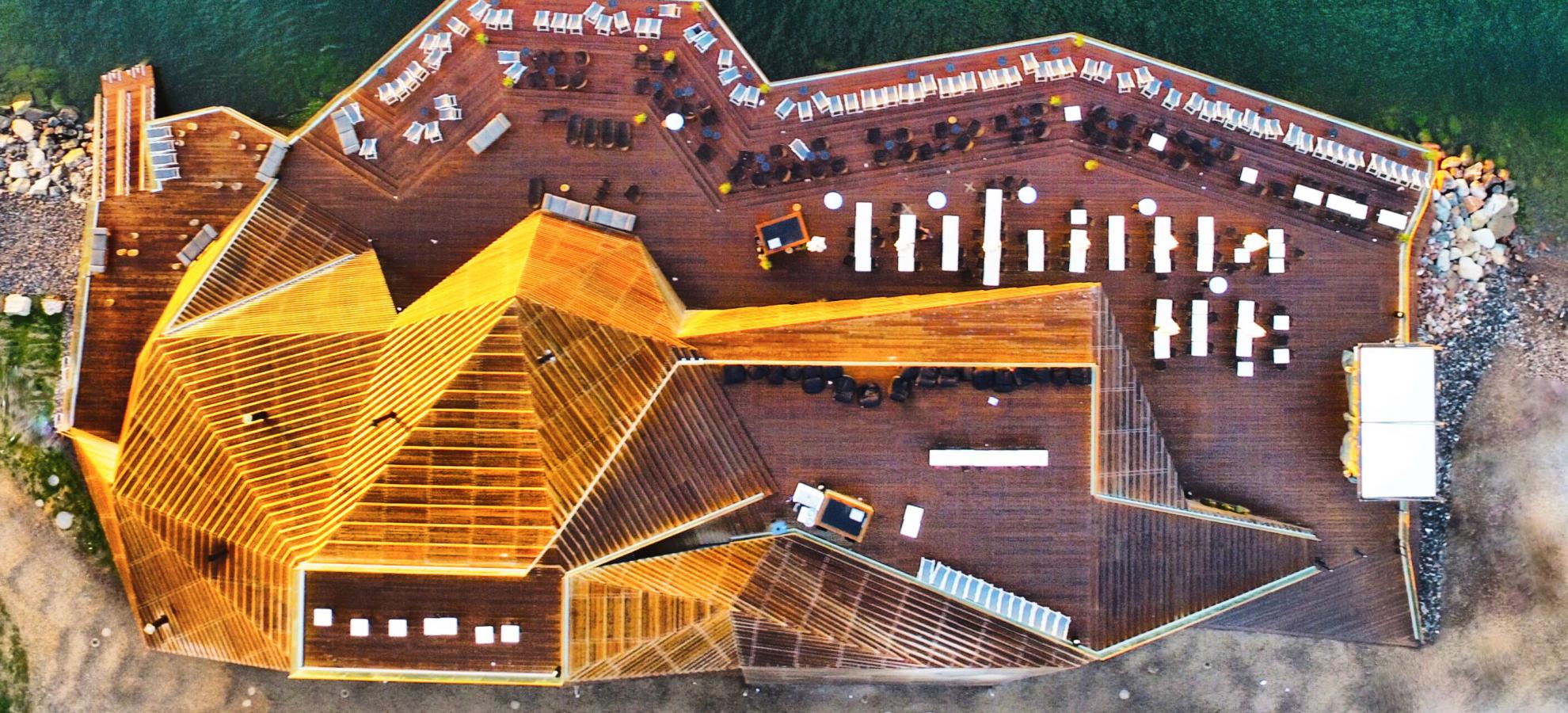
You are in Helsinki, the capital of Finland and home to around 630,000 residents. This is a place where the amount of daylight varies radically according to the season and where people start to get nervous if their tram is a minute late without warning, since they’re used to everything functioning properly and being informed if there are any problems.
For years the guiding principle behind the development of Helsinki has been the idea that a city is not just a place or a group of people living their busy lives side by side. A city is people and things that either work together or do not.
Helsinki is also a rapidly growing city that likes to welcome people of all sorts.
Perhaps this is precisely why Helsinki can be found consistently at the top of global rankings published by the likes of Monocle and Werder.
These lists use different methods to measure the quality of life in cities around the world. Evaluation criteria may include, for example, crime statistics, climate, international connections, public transport and architecture.
Helsinki is usually described as “functional” and “reliable”, a place where bicycles can apparently be left unlocked and public transport operates to the minute like clockwork.
Where does this impression come from, and what does it actually mean?

The population is expected to grow by at least 100,000 by 2050, and if the current growth rate accelerates, we could have up to 200,000 more residents.
This is a lot for a city that has historically considered itself a small community in the remote North squeezed between much bigger players on the world stage. In the 2000s Helsinki has quietly become a compact and efficient metropolis where over a hundred languages are spoken, where you visit a public sauna by the sea in the city centre, and where you can fly the fastest routes between Europe and Asia.
Helsinki is efficient for all its residents, wage earners and start-up entrepreneurs alike. Setting up a company and working with the authorities is really easy in Finland.
Helsinki’s public transport system is very much built on rails, and new lines are being built all the time. Trams, the metro and local trains form the backbone of public mobility. Local kids usually attend whichever school is closest to their home, as there is very little variation in the quality of education from one school to the next. Finnish teachers are highly educated and their profession is appreciated by society on the whole.

Helsinki is also a city of design
Of course, in recent years the concept of “design” has expanded from the way objects look to a way of thinking about how things could be done better. So the city of design could just as well be called a city of experiments.
This is a good way of describing Helsinki, says Tiina Kähö, Executive Director of the Helsinki Metropolitan Smart & Clean Foundation. Established in June 2016, the foundation aims to make the Helsinki Metropolitan Region the world’s best test bed for smart and clean solutions.
“Helsinki is a bit like a laboratory for the world’s megacities. Because of its compact size, it’s easy to test things here that would not be possible elsewhere,” Kähö says.
Helsinki has a growing clean tech and digital economy scene that seeks to find solutions to big problems. These companies want to create a city that is capable of coming up with ways of reducing emissions without sacrificing any of its productivity. They want to solve problems that are impacting the entire world by means of the digital economy and circular economy.
One example is the Tukkutori “Abattoir” on the eastern edge of the city centre, where local companies are experimenting with waste-free events and working to understand what waste statistics really tell us about why certain items end up as waste.
In the heart of the city centre, local residents and businesses along the Iso Roobertinkatu pedestrian street are actively participating in the area’s rejuvenation. Solar panels are being installed on the roofs of apartment buildings lining the street and are eagerly awaited among neighbours.
“Helsinki has a unique attitude towards experimentation,” says Sampsa Siitonen, who founded a company that wants to fill the city’s empty parking spaces and reduce traffic congestion.
Helsinki’s experiments have been practical and inspired by the needs of local residents. When work began on planning a new children’s hospital, the designers found that previous hospitals had been designed on the terms of adults and that they were quite scary places for kids. Local innovators also noted at some point that the city has an enormous amount of data and information that could be shared and potentially benefit others.
Experimenting is a self-reinforcing process, a bit like the state of mind in Helsinki, where entrepreneurs motivate each other and welcome mutual competition. These days it is an integral part of the city’s official strategy.
Experimentation is not an end in itself, however. In Helsinki it is more about combining things in new and better ways.
All these big and small experiments, including green solutions, electric mobility, parking, solar energy and others, are essentially about making everyday life smooth and easy. When life is kept simple, people have more freedom to do the things they enjoy.
More importantly, perhaps, when life is easy, people are more productive.
And then companies too more productive.
Text: Antti Pikkanen
